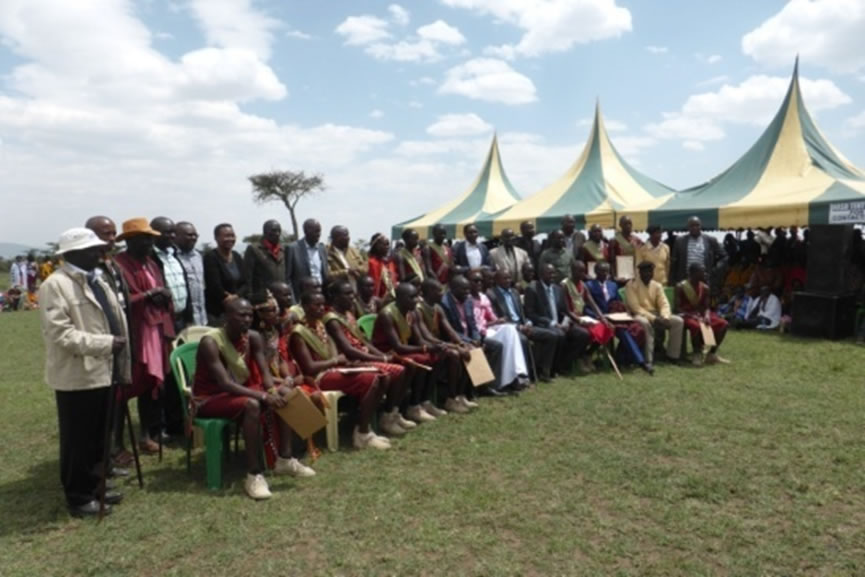Formalise and recognise co-management.
The formalisation of a co-management group provides a space for discussion that favors transparency in available information and in the making of specific decisions.
This space for dialogue with key stakeholders in the fishery, whose opinions are correctly validated by their constituent base, enables all stakeholders to work together in the design of a management plan.
This ensures that the measures that will be implemented to achieve sustainability will be respected by the users, since there is full knowledge of decisions and the reasons for taking one or another decision.
This work strategy provides stability and governance to the system.
In this case, it is the Crustacean Management Committee of the Province of Chiloé that must work on the design of a management plan for the Stone crab fishery. In Chile, the law recognizes this co-management instance as an advisory body to the Undersecretary of Fisheries and Aquaculture.
- It is necessary to maintain transparent actions in information and in decision-making processes.
- The responsibilities of representatives of the co-management group need to be clarified in order to avoid discussing issues or aspects that exceed the objectives of their co-management.
- It is recommended to organise a working plan for the co-management group and to regularly schedule the activities of the group.
Private representatives - fishermen and processors - handle a large amount of information that is not codified or explicit. Before the co-management system was set up, this information was not available and therefore was not being used for fisheries management.
Often, private and public objectives converge. However, before the creation of the co-management committee these objectives could not be realised or understood to be aligned due to a lack of appropriate communication channels.
The support and involvement of users in research and control is greater under a co-management system than without it.
